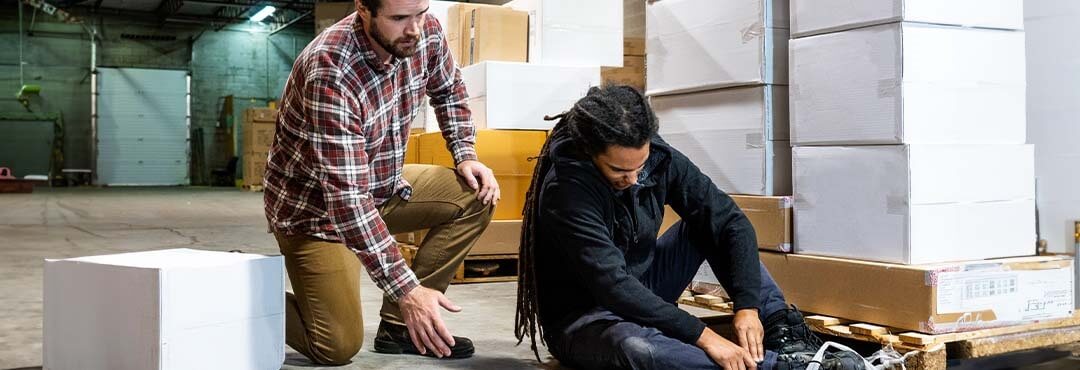Workplace sprains and strains can cause pain at every level – but a little prevention goes a long way.
“At Allianz, we’re invested in minimising the impact of this kind of injury,” explains Geoff. Referring to the Iceberg Theory of Safety, which looks at both direct costs and indirect costs of workplace accidents, Geoff says, "This investment helps preserve the wellbeing of employees, and in turn reduces the costs associated with workplace accidents.”
We have online personal injury learning resources to get you started – including specialty masterclasses for businesses, brokers and partners, and on-demand webinars you can access from anywhere.1 Learn more at Allianz Personal Injury National Training.
View Safe Work Australia’s Model Code of Practice: Hazardous manual tasks (PDF, 1.8 MB).

